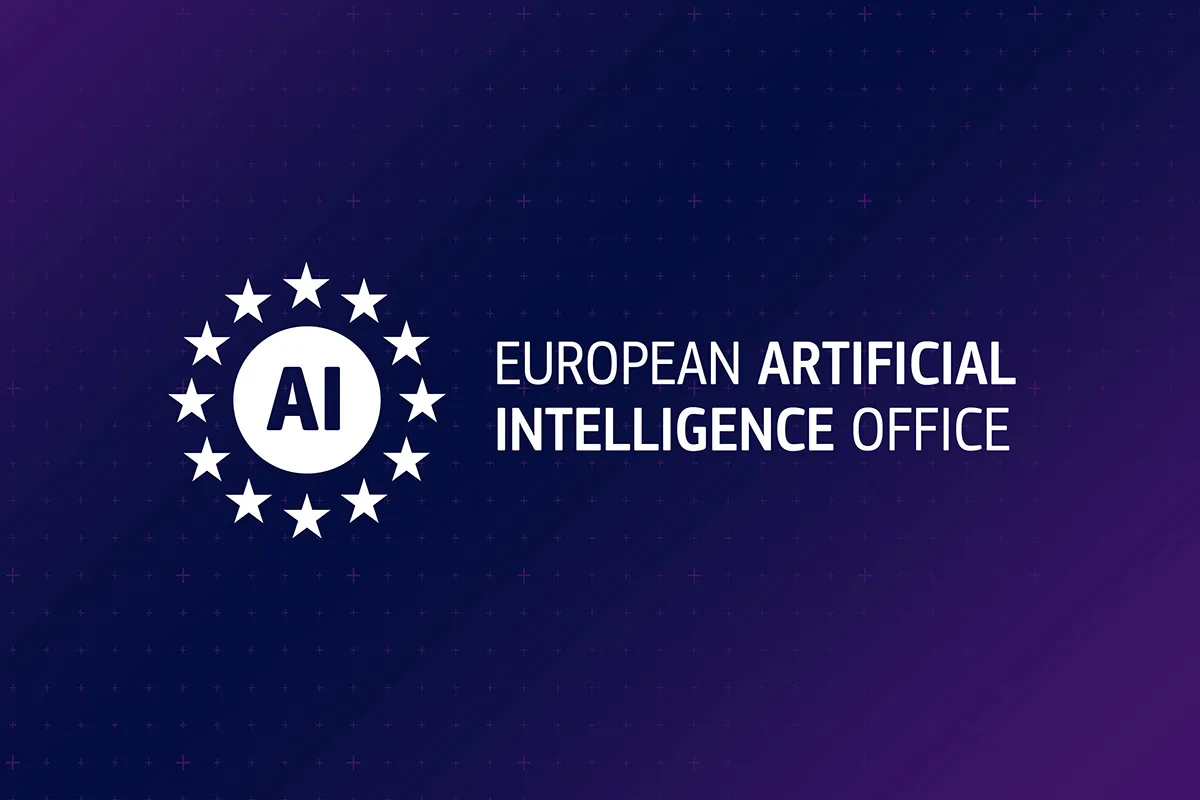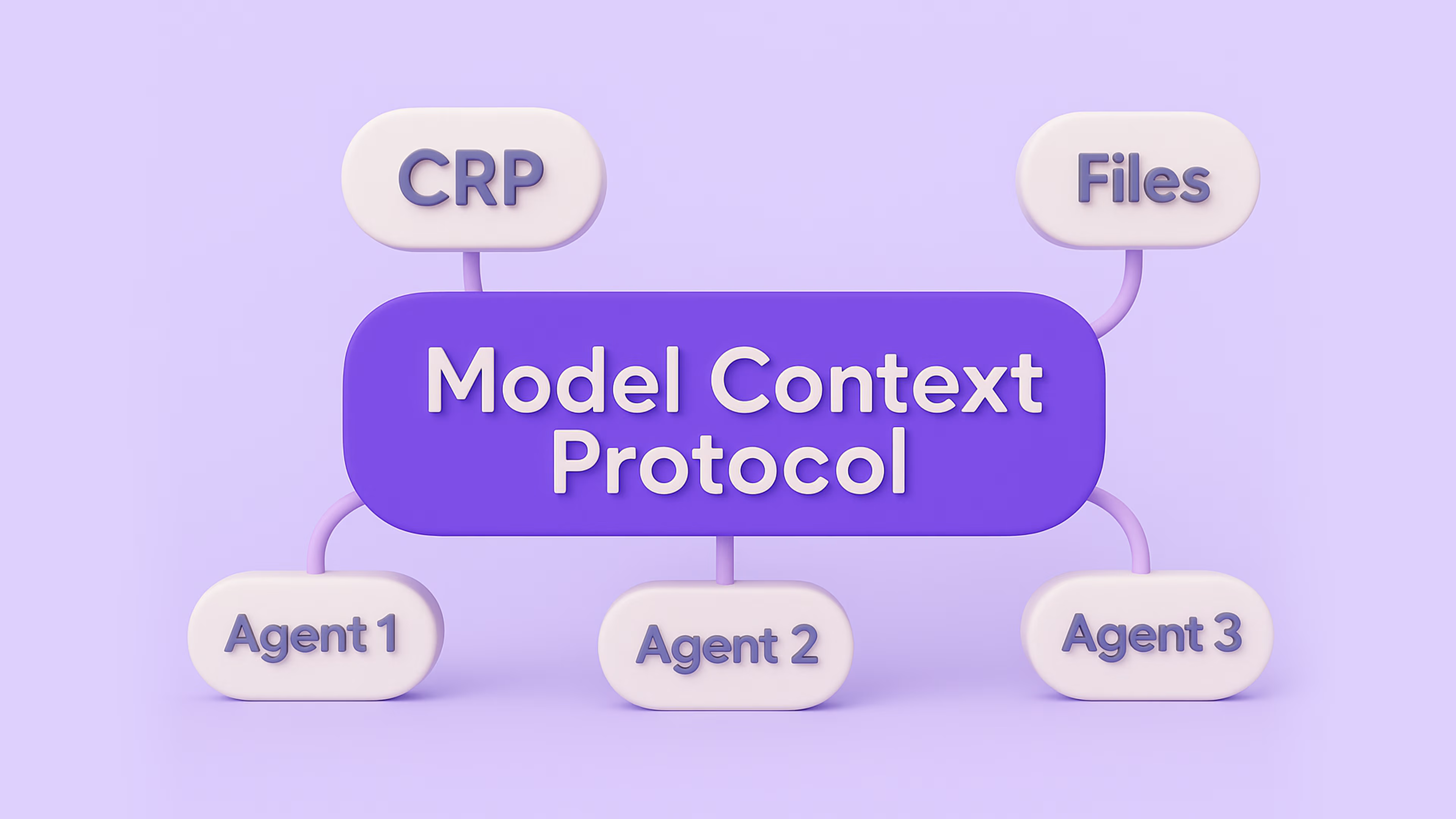Reason + Act = A Smarter AI
Originally proposed in a joint paper by Princeton University and Google, ReAct introduces a method that fuses two core capabilities of LLMs:
- Reasoning, often achieved through techniques like chain-of-thought prompting
- Acting, which involves generating and executing action plans (e.g., calling tools, retrieving data)
By combining these, LLMs are no longer just passive generators of text. They become agents capable of making decisions, interacting with environments, and refining their process as they work toward solving a task.
In practical terms, ReAct allows LLMs to structure and execute a sequence of operations — pulling in external data, making calculations, and iterating until a meaningful, actionable output is reached. It’s a game-changer in how we approach task automation.

LangChain ReAct: From Theory to Practice
At BigHub, we’re leveraging LangChain ReAct, one of the most accessible and powerful implementations of the ReAct paradigm. LangChain wraps the reasoning and acting logic into agent executors, enabling models to think step-by-step and interact with tools dynamically.

Let’s break it down with a fun — but technically accurate — example:
> Entering new AgentExecutor chain...
Query: "Find Leo DiCaprio's girlfriend and calculate her age raised to 0.43 power."
Action: Search
Action Input: "Leo DiCaprio girlfriend"
Observation: Camila Morrone
Thought: "Need to find Camila Morrone's age"
Action: Search
Action Input: "Camila Morrone's age"
Observation: 25 years
Thought: "Need to calculate 25 raised to the 0.43 power"
Action: Calculator
Action Input: 25^0.43
Observation: Answer: 3.991298452658078
Thought: "I now have the final answer"
Final Answer: Camila Morrone is Leo DiCaprio's girlfriend and her current age raised to the 0.43 power is 3.991298452658078.
> Finished chain.
This illustrates the model's ability to reason, act, and deliver a final answer — without human intervention between steps.
Why It Matters for Business
While the example above is playful, the business implications are profound. Take the insurance industry:
A LangChain ReAct-powered assistant could autonomously:
- Retrieve calculation formulas from internal knowledge bases
- Prompt users for missing inputs
- Perform real-time computations
- Deliver final results instantly
No hand-coded flows. No rigid scripts. Just dynamic, responsive, and intelligent interactions.
From automating customer service workflows to enabling deep analytical queries across datasets, ReAct opens the door to use cases across industries — finance, healthcare, logistics, legal, and beyond.
Conclusion
At BigHub, we see ReAct as more than a framework — it's a paradigm shift. By teaching LLMs to both reason and act, we’re building systems that move closer to real human-like decision-making and autonomy. We're just scratching the surface, but even now, the possibilities are boundless. As we continue experimenting with LangChain ReAct and related tools, we’re already identifying ways our clients can gain real competitive advantages through smart automation and data interaction. The future of AI isn’t just about asking questions — it’s about building systems that know how to get the answers. With ReAct, we’re making that future happen.






.avif)